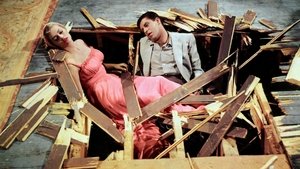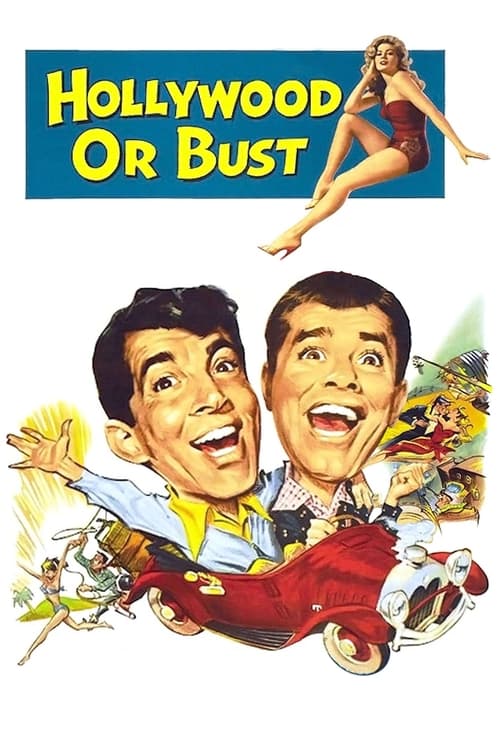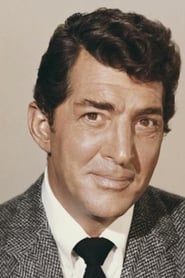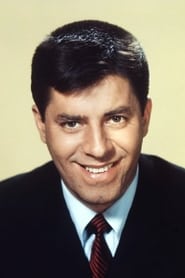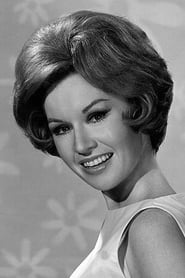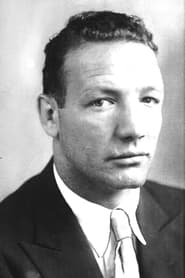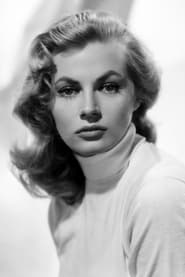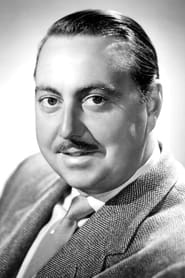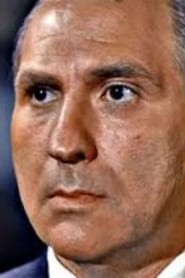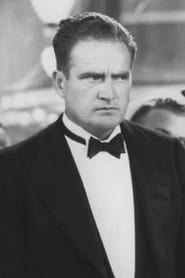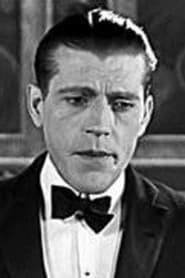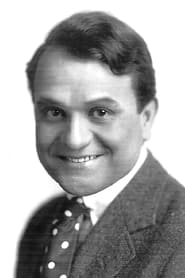Cast
View AllDean Martin
as Steve Wiley
Jerry Lewis
as Malcolm Smith
Pat Crowley
as Terry Roberts
Maxie Rosenbloom
as Bookie Benny
Anita Ekberg
as Actress Anita
Willard Waterman
as Manager Neville
Richard Karlan
as Sammy Ross
Richard Alexander
as Western Actor
Leon Alton
as Casino Patron
Adelle August
as Dancer
Chet Brandenburg
as Stagehand
Kathryn Card
as Old Lady
Beach Dickerson
as Bellboy
Minta Durfee
as Miss Pettywood
Franklyn Farnum
as Audience Member
Crew
Director
- Frank Tashlin
Writer
- Erna Lazarus
Producer
- Hal B. Wallis
Reviews
John Chard
The boys sign off with unbridled joy.
Malcolm Smith loves the movies and especially Anita Ekberg. Getting one of his lucky feelings, Malcolm buys a ream of raffle tickets to win a car. Sure enough he wins, but so does gigolo gambler Steve Wiley, who, not unsurprisingly has won by less than honourable means. Refusing to give out two cars, the promotion merely tells the men that they will have to share the car. Much to Steve's annoyance as he has debts to pay. So deviously he agrees to drive with Malcolm to Hollywood, planning to ditch him at the first chance he gets. Only he hadn't figured on Mr. Bascom, Malcolm's Great Dane who's along for the ride, and an encounter with the pretty Terry Roberts. Yep, it's safe to say this is not going to be an ordinary road trip.
With their relationship deeply fractured at this time (this was their last film together), it's something of a surprise to find that Hollywood Or Bust is one of the finest films that Dean Martin (Steve) and Jerry Lewis (Malcolm) made. Everything that made the duo so massively popular is in here, even into the bargain daring to cast a satirical slant to the whiles and trials of Hollywood itself. A lot of the credit has to go to director Frank Tashlin. Tashlin, who was also at the helm for arguably the boys career high point Artists & Models, keeps the whole thing zippy, steering the duo in a direction to which they simply could not fail.
Sure enough the humour is almost juvenile at times, and yes Dean of course croons and tries to bed the girl (a spiky Pat Crowley as Terry), but it's got such a sense of joy to it, the kind of joy that much like Artists & Models, can really lift the blues. Stand out songs from the Sammy Fain and Paul Francis Webster score are "A Day in the Country" and "It Looks Like Love", whilst it will be tough not to giggle at some of the antics of Mr. Bascom and the irrepressible Lewis, particularly with one particular movie parody. Anita Ekberg comes and joins in the fun later in the piece, just in time for the riotous carnage that you know is around the corner.
If the sight of a Great Dane driving a car is not funny to you? Well chances are you should avoid this film completely. But that would be a shame for it's a delightful film, brisk and cheeky, it's most definitely one that's in desperate need of reappraisal from the grumpy brigade because it's a real blues lifter. 8/10
May 12, 2015
Thematic Analysis
Hollywood or Bust represents a fascinating example of Comedy cinema, offering viewers a unique perspective on the human experience and societal structures. The film's approach to its themes demonstrates a creative vision that distinguishes it within its genre.
Director Frank Tashlin brings their distinctive visual style to this film, continuing their exploration of themes seen in their previous works while adding new elements. Their approach to pacing and visual storytelling creates a viewing experience that rewards close attention.
Released in 1956, the film exists within a cultural context that now offers viewers historical perspective on the social issues of that era. Its reception demonstrates the diverse reactions to its artistic choices and its place in cinema history.
Did You Know?
- The production of Hollywood or Bust took approximately 13 months from pre-production to final cut.
- The final cut of the film runs for 95 minutes, though the director's initial assembly was reportedly 126 minutes long.
- The cast underwent specialized training for 7 weeks before filming began.
- Several scenes were filmed in multiple locations to capture the perfect setting.
- The film contains approximately 1125 individual shots.
Historical Context
- In 1956, when this film was released:
- The Cold War was intensifying, influencing global politics and culture.
- The civil rights movement was gaining momentum in the United States.
- The film industry was dominated by major studios, with independent cinema still in its early development.
How This Film Stands Out
While Hollywood or Bust shares thematic elements with other films in its genre, it distinguishes itself through its unique approach to storytelling, visual style, and character development.
Unlike High School Musical, which takes a more conventional approach to its subject matter, Hollywood or Bust offers a fresh perspective through its innovative visual language and narrative structure.
While films like Top Hat and Every Night at Eight explore similar territory, Hollywood or Bust stands apart through its deeper exploration of its central themes and more complex characterization.
This film's unique contribution to cinema lies in its bold artistic choices and willingness to challenge viewer expectations, making it a valuable addition to its genre.
Details
- Release Date: December 6, 1956
- Runtime: 1h 35m
